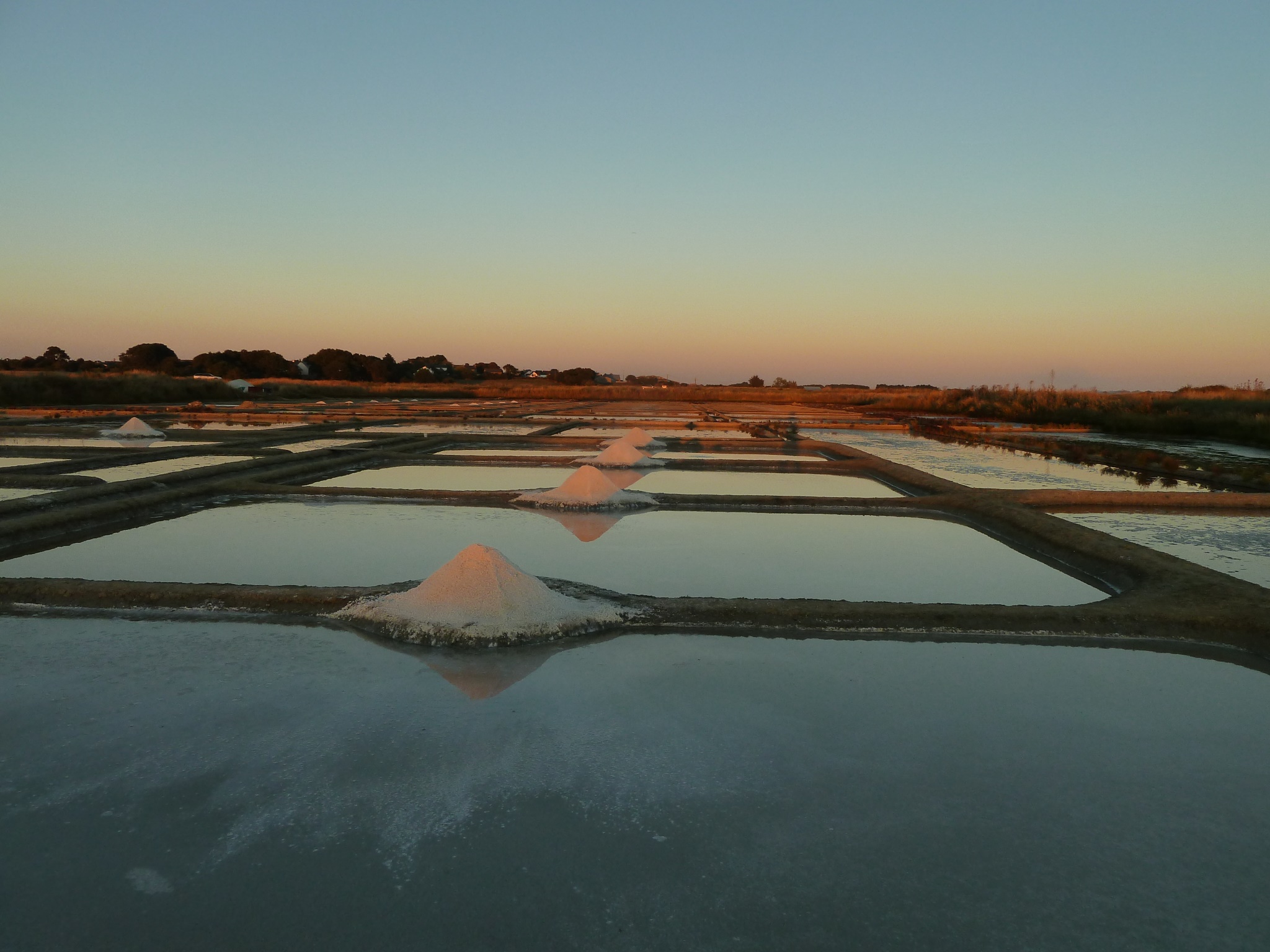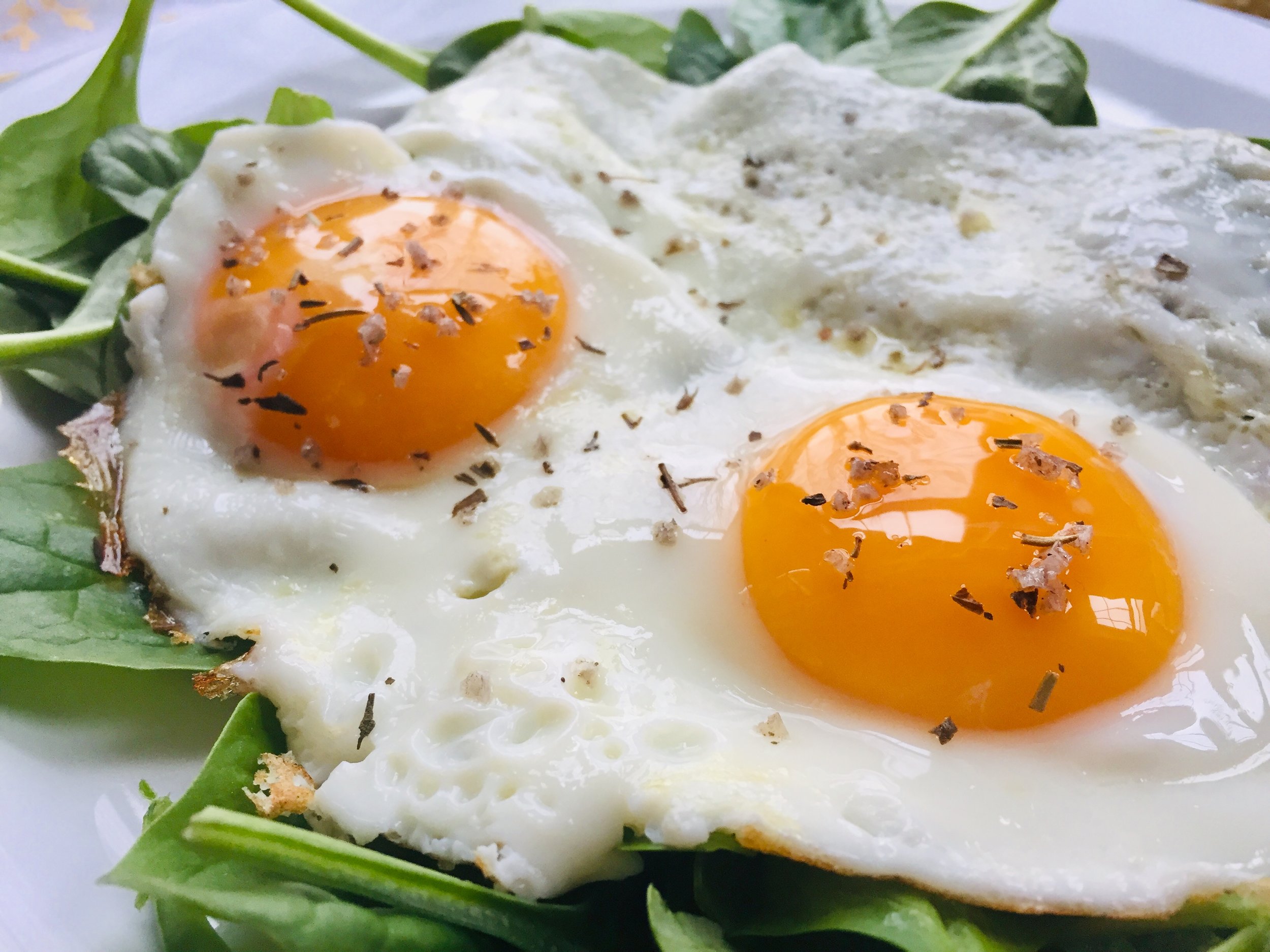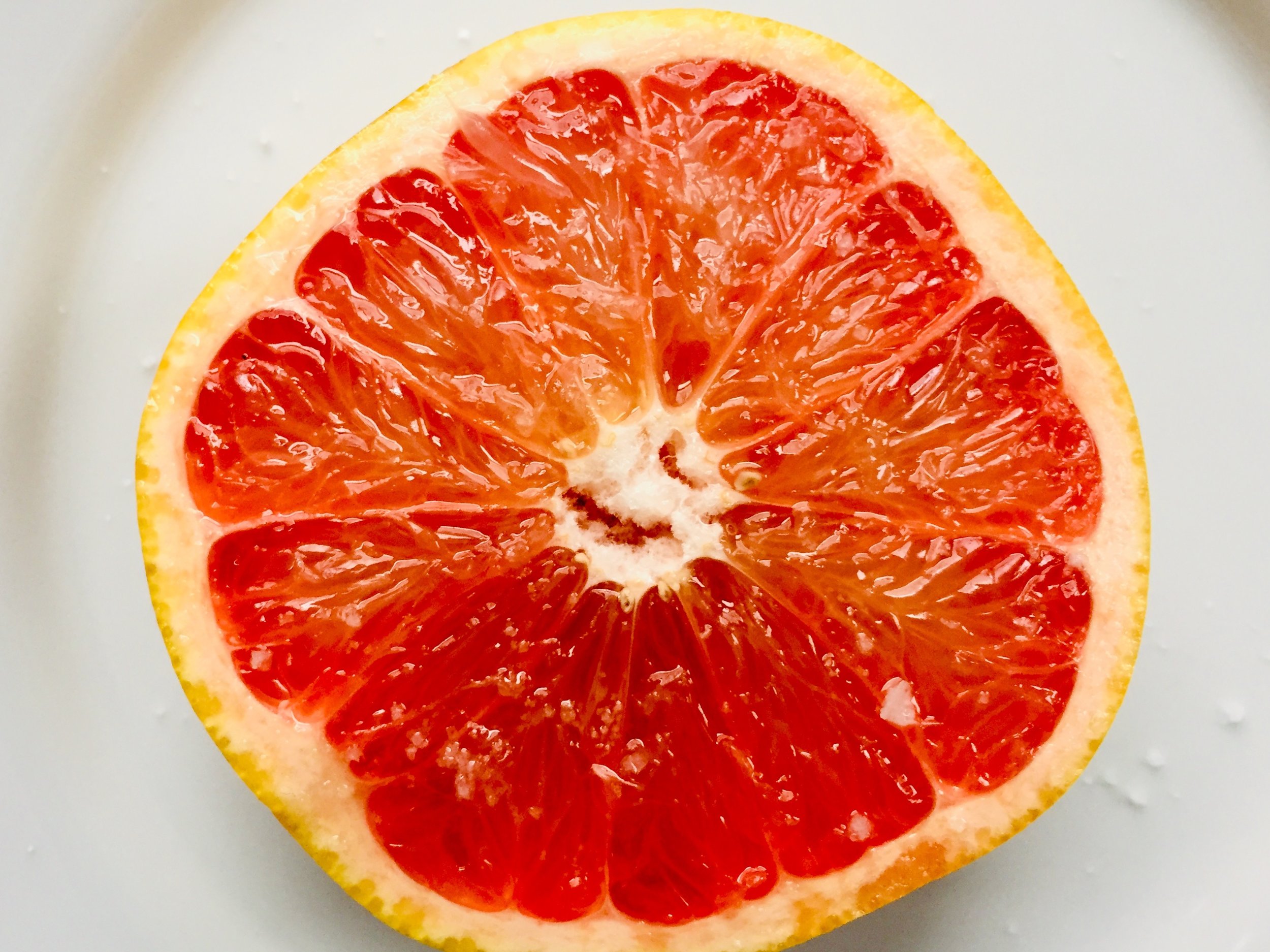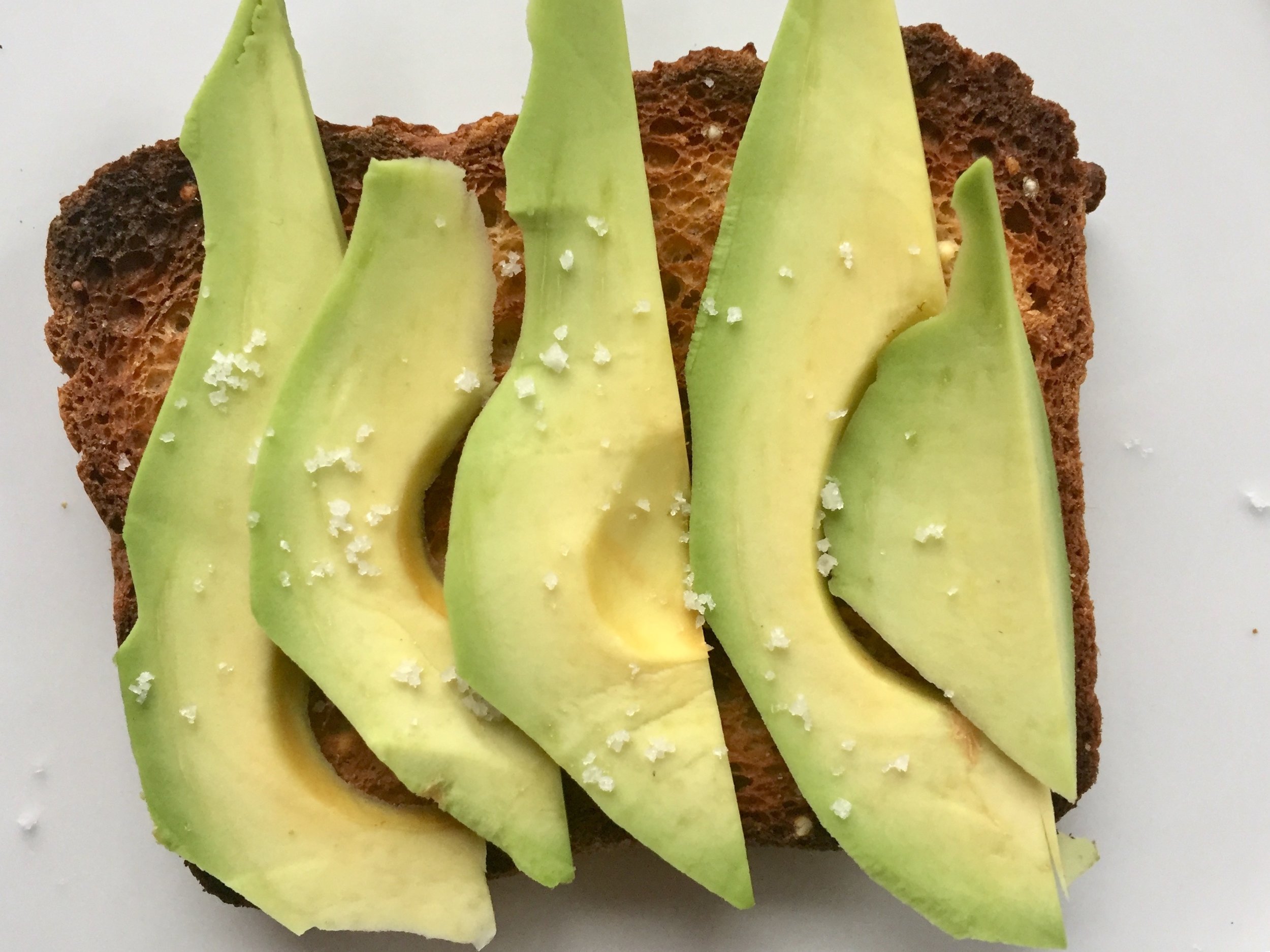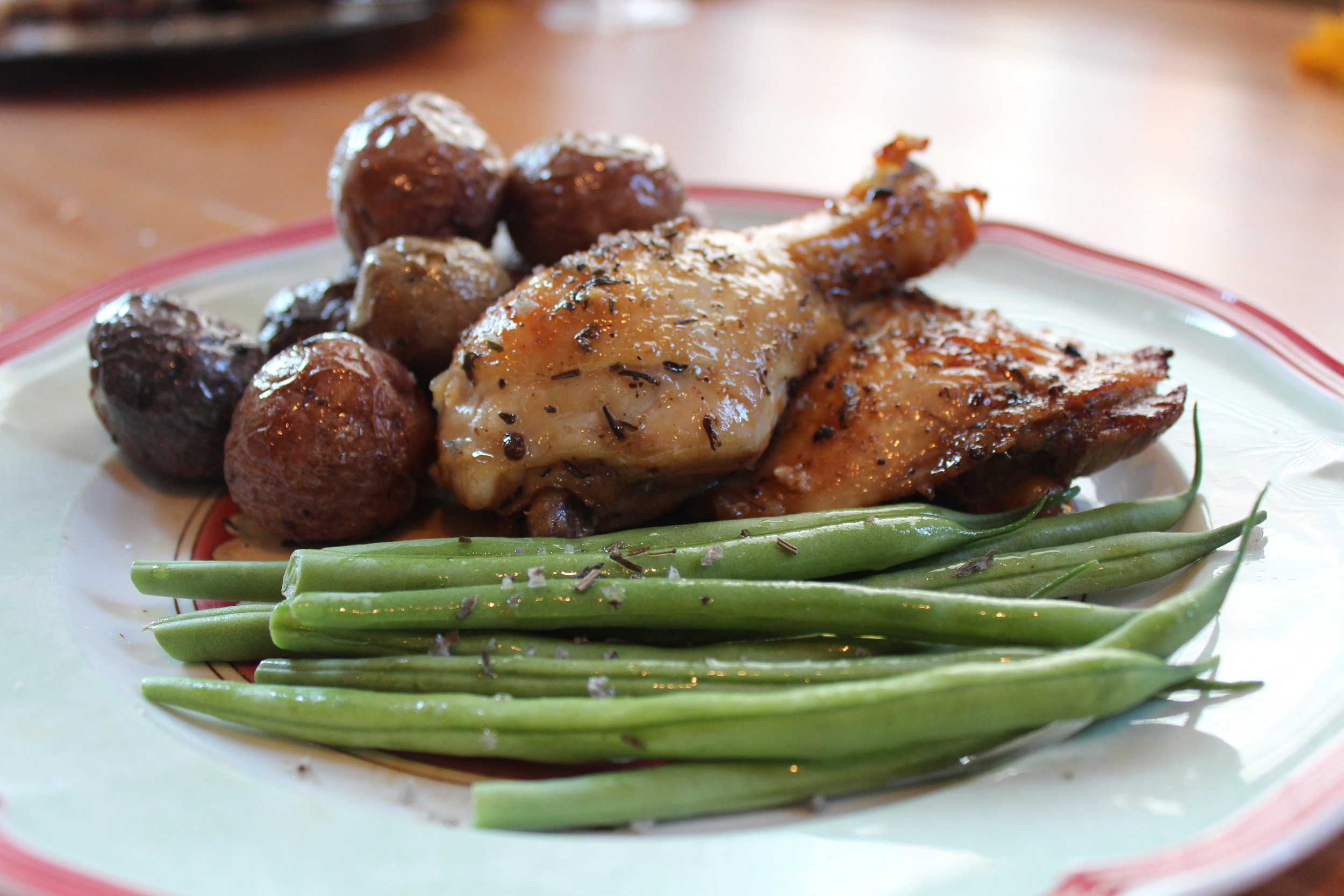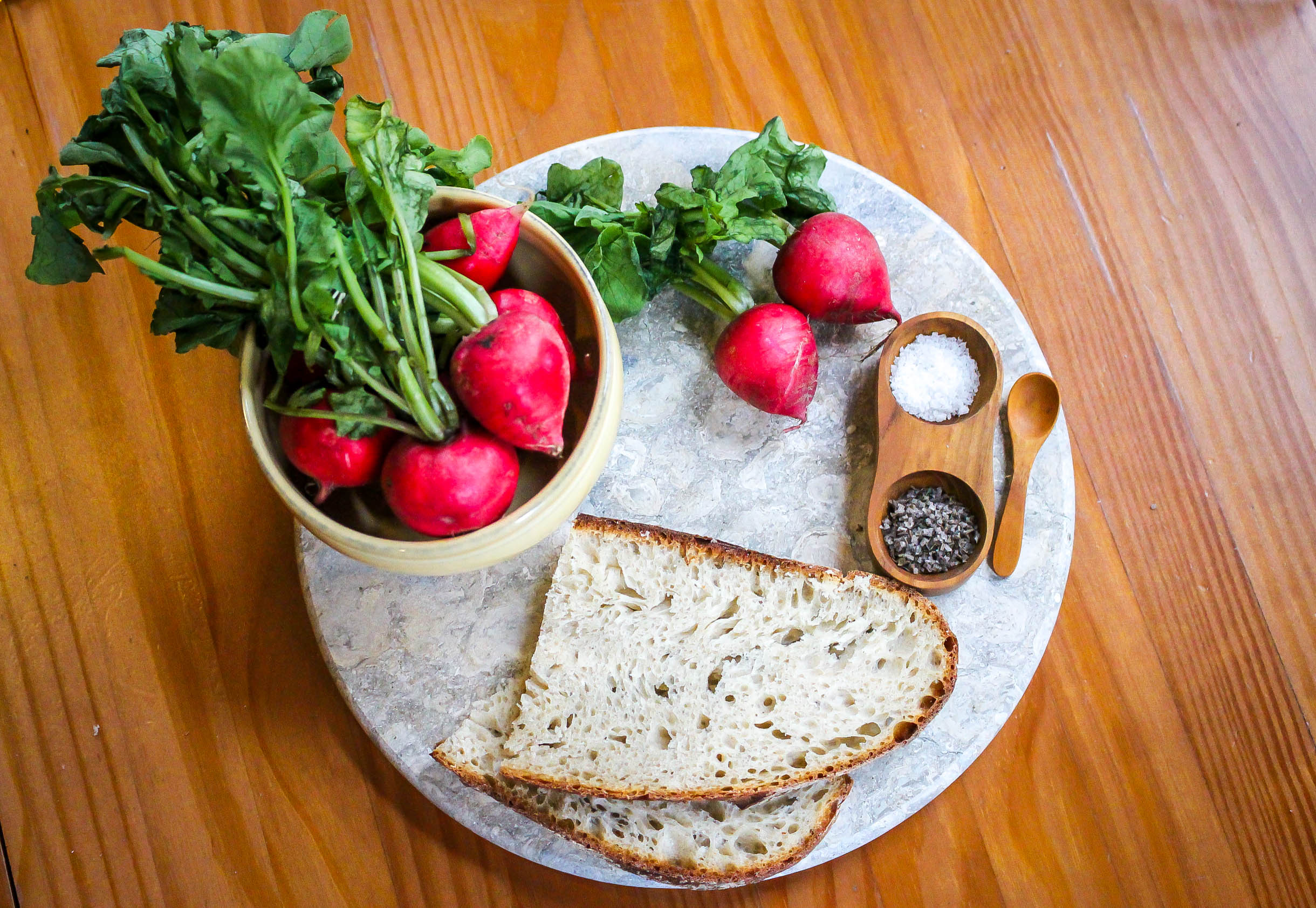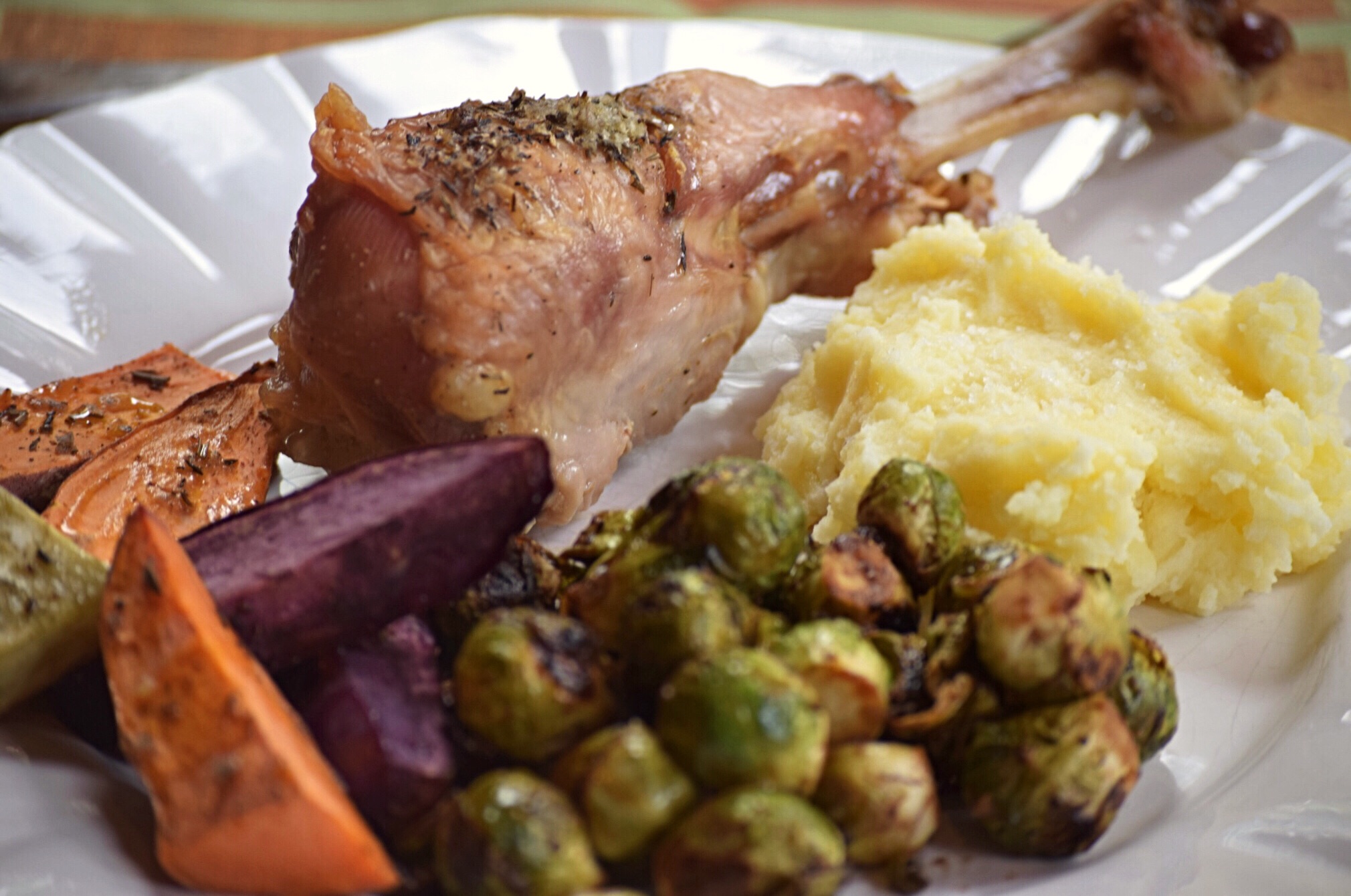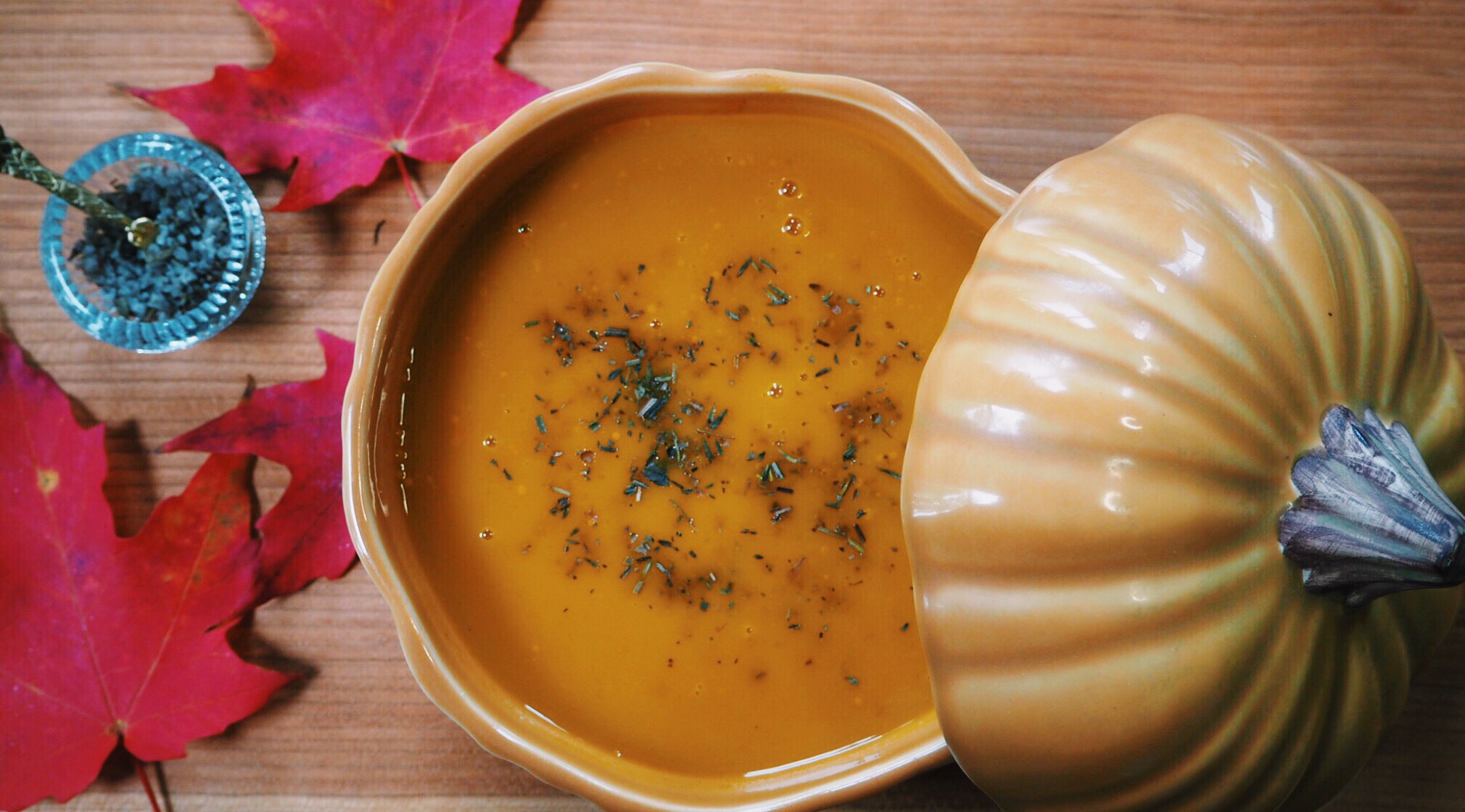--See what we brought to the participants
Thanks so much for joining our virtual trip to Brittany! For those of you who could not join our journey, we are happy to recap the event for you to explore it through this page!
In celebration of La Semaine du Gout with the French Cultural Center on October 17th, we discovered the secrets of salt with a behind the scenes in Brittany. Our French independent paludier Matthieu showed us the process of salt harvesting, how Louis Sel’s Fleur de Sel de Guérande is special in producing the best quality salt, as well as the history of Louis Sel. Our founder Karen also had a cooking demonstration on how to pair the right salt with the right ingredients with a salty fall recipe!
An avid Francophile and gourmet, Karen first met Gilles, Matthieu, and their hand-harvested salts at a Parisian food fair. After trying it, she immediately fell in love. She searched for equivalents of these salts in specialty shops in the U.S., but never found anything that came close to the flavor and refinement. Karen found her passion in business by founding Louis Sel and bringing this “magic salt” that transforms people’s everyday cooking to the United States.
Louis Sel’s providers, Gilles Morel and Matthieu Le Chantoux, are an uncle-nephew team of independent salt farmers in Guérande, Brittany. Utilizing traditional salt farming methods, they hand-harvested salt during the season from June to September. All of their operations work to respect the ocean and the shoreline, ensuring both the quality of the salt and sustainability of their process. This, combined with their independent nature, protects the subtle taste and quality of the salts now exclusively available to U.S. consumers.
After Matthieu’s brief introduction of Louis Sel and its history, Karen showed the cooked chicken thighs with honey and sel marin with herbs to participants.
To celebrate the La Semaine du Gout, Karen also shared the recipe to make “Say Hello to Fall” salad. The combination of colors, flavors, and textures makes for a beautiful and tasty result. Click here to learn more about the recipe.












